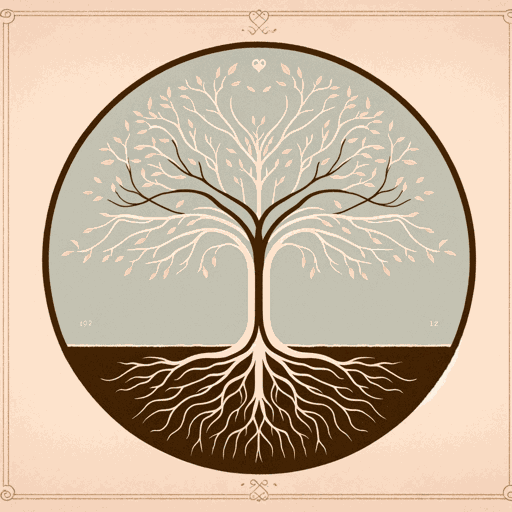72 pages • 2 hours read
Louise ErdrichThe Plague Of Doves
Fiction | Novel | Adult | Published in 2008A modern alternative to SparkNotes and CliffsNotes, SuperSummary offers high-quality Study Guides with detailed chapter summaries and analysis of major themes, characters, and more.
Important Quotes
“His human flock had taken up the plow and farmed among the German and Norwegian settlers. Those people, unlike the French who mingled with my ancestors, took little interest in the women native to the land and did not intermarry […] but the doves at their crops the same.”
(Chapter 1, Page 5)
From the outset of the novel, the author identifies the tensions between the native and white populations. Erdrich uses the stories of Seraph to illustrate these tensions, which differentiate the German and Norwegian settlers from the previous French settlers. Whereas the French intermarried with the native populations, the other white people did not, creating a distinct divide in terms of culture. Although the author creates this cultural divide, she also implies the ridiculous nature of this manmade division as nature does not abide by it: the doves eat both populations’ crop yields, reminding the humans just how little control they hold over the natural environs.
“She had the pale, opaque skin and slanting black eyes of the Metis or Michif women in whose honor the bishop of that diocese had written a warning to his priests, advising them to pray hard in the presence of half-breed women, and to remember that although their forms were inordinately fair their hearts were savage and permeable.”
(Chapter 1, Page 12)
The racism of the white populations that made them refuse to marry the native peoples also suffused white spirituality. The white priests believe the Metis women possess an inherent sexuality that might rob them of their vows of chastity, as though the mere presence of these women remains enough to lure the priests from God. Of course, there is no mention of the priests’ culpability in the sexual objectification of the Metis women. Rather, the guilt is entirely laid upon the feet of these women, who seem to trick the priests into forsaking their vows.
Related Titles
By Louise Erdrich

Fleur
Louise Erdrich

Future Home of the Living God
Louise Erdrich

LaRose
Louise Erdrich

Love Medicine
Louise Erdrich

Shadow Tag
Louise Erdrich

The Antelope Wife
Louise Erdrich

The Beet Queen
Louise Erdrich

The Bingo Palace
Louise Erdrich

The Birchbark House
Louise Erdrich

The Game of Silence
Louise Erdrich

The Leap
Louise Erdrich

The Master Butchers Singing Club
Louise Erdrich

The Night Watchman
Louise Erdrich

The Painted Drum
Louise Erdrich

The Red Convertible
Louise Erdrich

The Round House
Louise Erdrich

The Sentence
Louise Erdrich

The Shawl
Louise Erdrich

Tracks
Louise Erdrich

